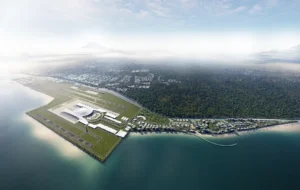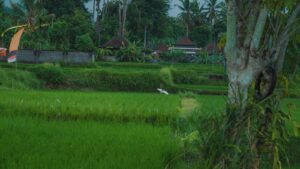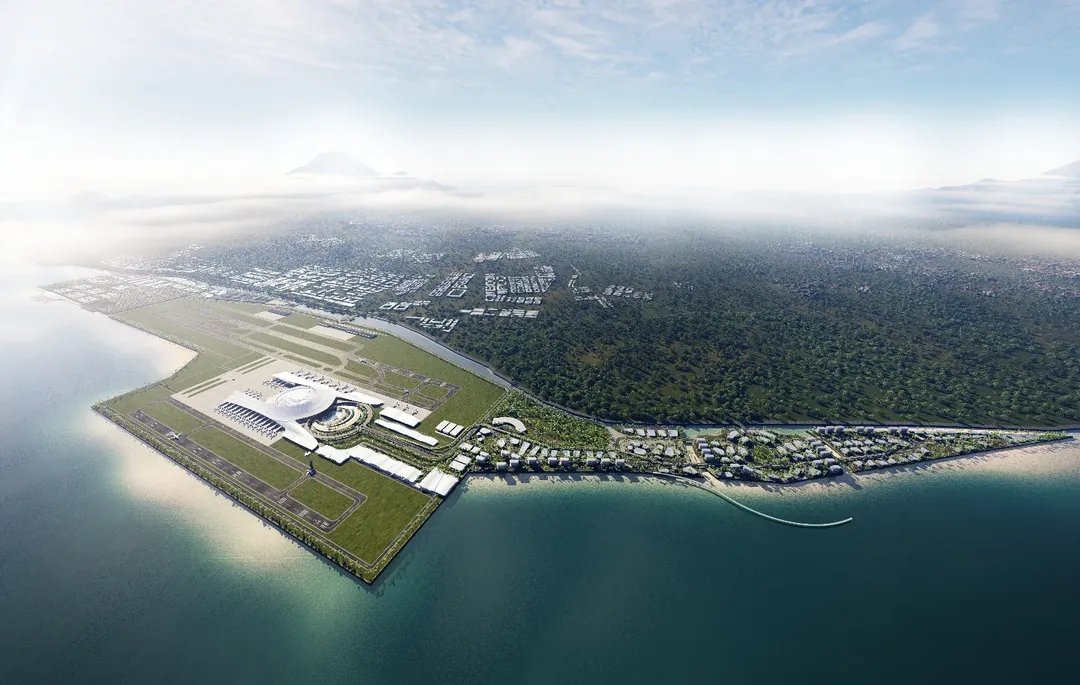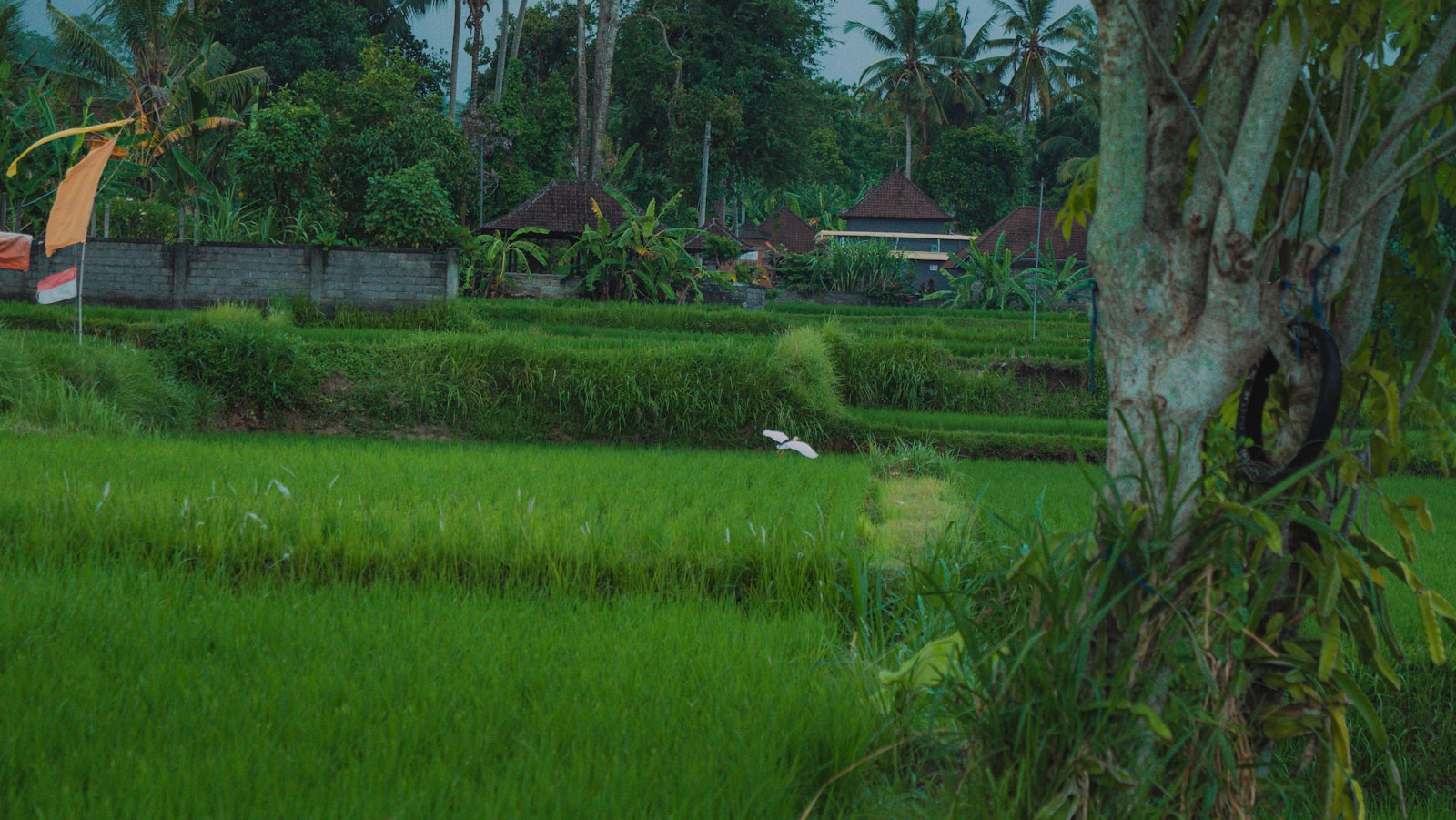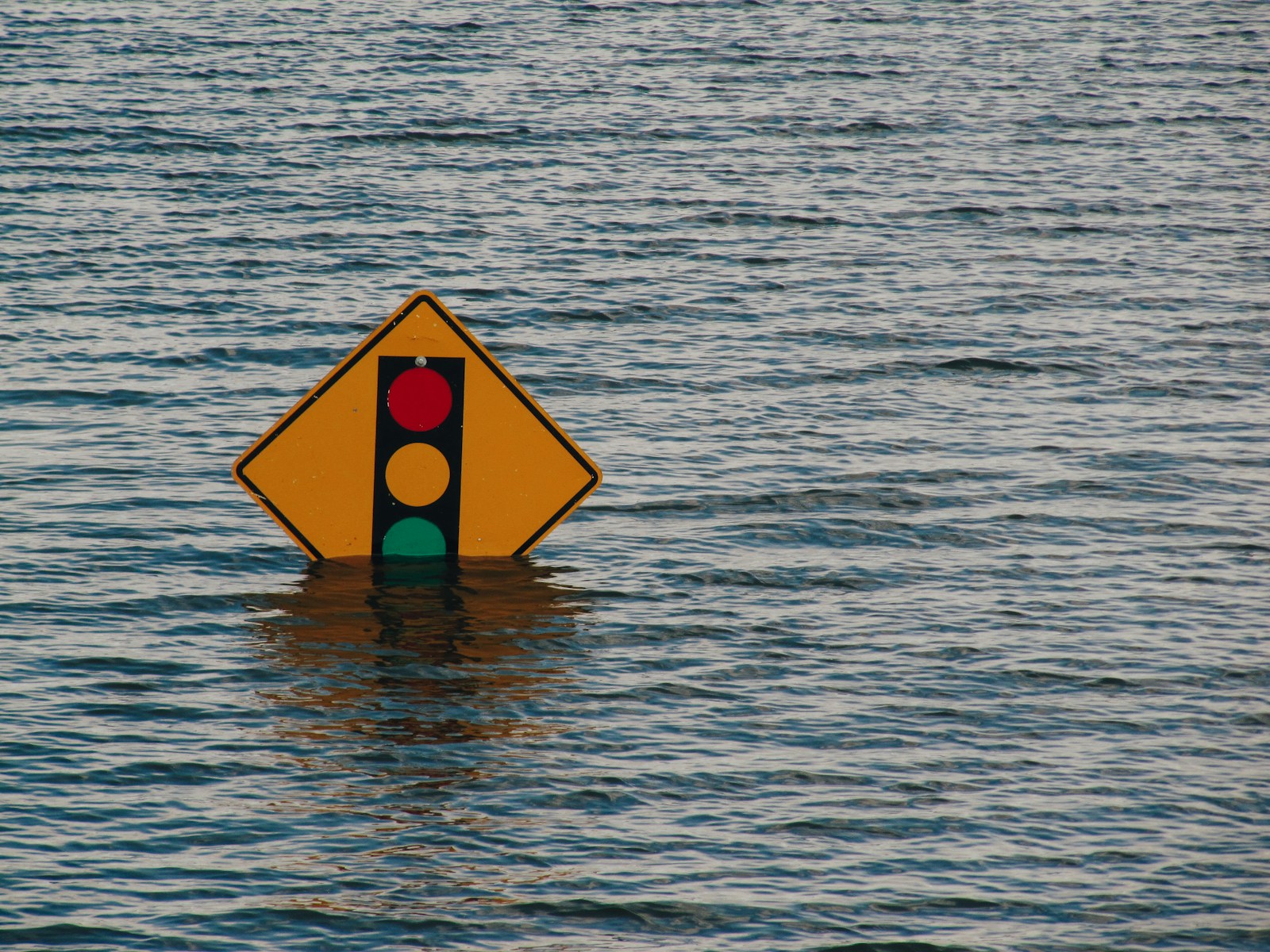Ecological Alarm Bells in Bali: How Deadly Floods Expose the Overtourism Crisis
Bali is facing a tough truth. The island we know for rice terraces, temples and sunsets is now making headlines for deadly floods and an ecological crisis years in the making. In September 2025, flash floods tore through Denpasar, Badung, Gianyar, Tabanan and more. At least 18 people lost their lives, hundreds were forced from their homes, and roads, bridges and markets were badly damaged.
Yes, the rain was extreme – more than 200 millimetres a day in some areas – but that’s only half the story. What turned heavy rain into deadly floods was decades of rapid development, overtourism, poor waste management and the slow erosion of Bali’s natural defences like forests, rice paddies and rivers. The floods exposed what many have warned for years: Bali is sitting on an ecological tipping point.
Why Bali’s Floods Were So Bad
Bali’s rainfall patterns are shifting, but this was no ordinary wet season. The intensity of the downpour was off the charts, and the land simply couldn’t absorb it. Forests have been cleared, rice paddies converted into villas, and rivers clogged with plastic waste. So instead of soaking in, the water surged straight into towns and villages.
Denpasar and Badung were hit hardest, but Gianyar, Tabanan, Buleleng and Karangasem all saw damage. Floodwaters rushed through markets, knocked out roads and swept away homes. Hundreds of families had to evacuate, and the clean-up bill runs into billions of rupiah.
The Tourism Boom Comes at a Cost
Bali’s economy is powered by tourism, and that’s not going to change anytime soon. Last year, the island welcomed over 6.3 million foreign tourists – more than its population of 4.3 million. Hotels, villas and restaurants have mushroomed across the island, often on land that once held rice fields, forests or wetlands.
Investors are chasing quick returns, and digital nomads prefer private villas over hotels, sharing costs and driving even more demand. Local landowners, seeing the money to be made, are selling or repurposing their land. What used to be green buffers that soaked up rain are now concrete blocks that send water rushing downhill.
The traditional subak system, UNESCO-listed for its cultural and ecological importance, is disappearing as paddies vanish. One hectare of rice field can hold 3,000 tonnes of water – but when those paddies turn into villas, the flood risk rises dramatically.
Weak Rules, Slow Enforcement
It’s not just about too many tourists or villas. Oversight has been patchy at best. Permits have been handed out in places where they never should have been, with buildings sprouting on riverbanks, steep slopes and fertile land.
There’s been talk of stricter controls for years, but enforcement has been weak. Some projects, like the Gilimanuk-Mengwi toll road, threaten to chew up hundreds of hectares of farmland in the name of progress. Critics argue it’s time for a total rethink of development priorities.
What’s Being Done
In the wake of the floods, Bali’s governor announced a halt on permits for new hotels, restaurants and villas on productive lands, including rice fields. It’s a step in the right direction, but it’s not enough on its own. Policies mean little without follow-through.
Environmental groups are calling for stronger zoning, better waste management, reforestation and a full restoration of the subak systems. Communities need a bigger say in land-use decisions too. The banjars – local village associations – have traditionally guided land use, and giving them more control could be key to balancing development with ecological protection.
A Cultural Angle That Matters
There’s another side to all this that doesn’t get enough attention: culture. Bali’s identity has always been tied to the land and water. The subak isn’t just about irrigation – it’s about harmony, community and sustainability. As villas spread and rice fields disappear, Bali isn’t just losing farmland, it’s losing part of its soul.
Respecting traditional knowledge could help Bali recover its balance. Farmers and local communities know the land better than anyone. Bringing them back into decision-making – and protecting cultural practices – isn’t just symbolic, it’s practical. It can help rebuild natural defences and keep Bali resilient.
The Road Ahead, Pun Intended
The floods of 2025 are a wake-up call. They show what happens when nature collides with unchecked growth. Bali can’t afford to keep building without balance. The choice is simple: either take action now – restore forests, protect farmland, clean rivers, rethink tourism – or face even bigger disasters in the years ahead.
Bali’s charm has always been about balance. Balance between land and water, gods and people, tradition and change. To keep that balance alive, the island must step back from the edge and choose a path that protects its land, its culture and its people.
Let’s hope these floods mark the turning point. Not just another disaster in the news cycle, but the moment Bali decides to rebuild smarter, greener and fairer.



